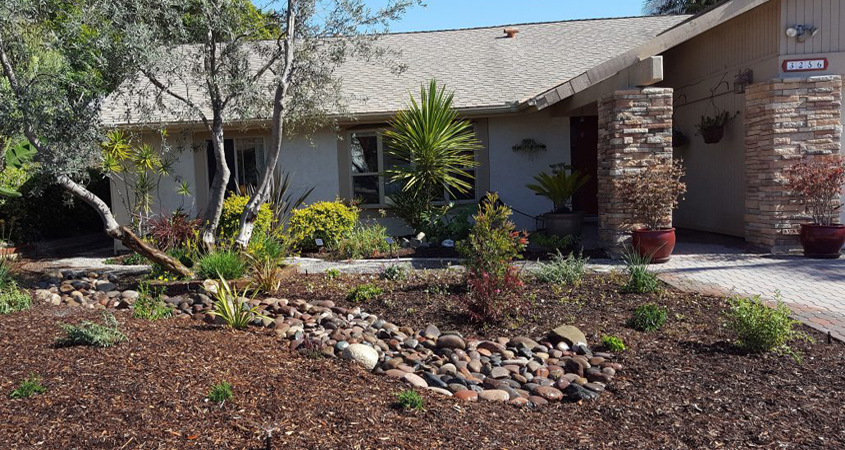Valley Farmers Disappointed at Low Reservoir Water Allocation This Year
Valley farmers as well as communities that rely on surface water deliveries from reservoirs were disappointed to learn how low their allocations will be this year.
Valley farmers as well as communities that rely on surface water deliveries from reservoirs were disappointed to learn how low their allocations will be this year.
How much mulch does your landscaping plan need? To develop your mulch master plan and answer this question, you first need to understand the job it will perform in different areas of your watersmart landscaping plan.
Senator Melissa Hurtado (D-Sanger) has introduced the State Water Resiliency Act of 2021 – legislation that could provide up to $785 million to restore the capacity of California’s critical water delivery infrastructure and repair aging roads and bridges.
The Helix Water District Board of Directors approved funding on February 24 for the district’s first financial customer assistance program which will help east county residents impacted by the COVID-19 pandemic.
How much mulch does your landscaping plan need? To develop your mulch master plan and answer this question, you first need to understand the job it will perform in different areas of your watersmart landscaping plan.
Master Tip: Keep mulch one to six inches away from plant stems. When mulch crowds them, it can cause plants to rot due to moisture.

How much mulch do you need? First, decide how it will be used in your sustainable landscaping. Photo: San Diego County Water Authority
For accurate results, check these numbers:
Take your square footage, multiplied by mulch thickness, and divide this number by 12. The result is the amount of mulch you need in cubic feet.
Example: 891 square feet of land, multiplied by one inch of mulch, divided by 12 = 74.25 cubic feet of mulch.
Inorganic mulches don’t decompose to feed your soil microbes and keep your plants and garden healthy and thriving. There are also some organic mulches containing dyes or other chemicals. Others such as shredded redwood take a very long time to break down.
Master Tip – These are the types of mulches you should use only in areas without plants:
This article is part of a year-long series inspired by the 71-page Sustainable Landscapes Program guidebook. The Water Authority and its partners also offer other great resources for landscaping upgrades, including free WaterSmart classes at WaterSmartSD.org.
The water industry is among the sectors that are classified as essential. Phil Stevens, Padre Dam Municipal Water District Senior Lab Analyst, is the Water Utility Hero of the Week.
A government agency that controls much of California’s water supply released its initial allocation for 2021, and the numbers reinforced fears that the state is falling into another drought.
The U.S. Bureau of Reclamation said Tuesday that most of the water agencies that rely on the Central Valley Project will get just 5% of their contract supply, a dismally low number. Although the figure could grow if California gets more rain and snow, the allocation comes amid fresh weather forecasts suggesting the dry winter is continuing.
Southern California farmers spend their winters watching the snowpack in the Colorado Rockies, and what they see is the climate crisis hitting hard. When it melts, the snow that falls on these peaks will, eventually, make its way into the Colorado River, which connects the Southwest like a great tendon, tying the Continental Divide in Colorado to Southern California’s hayfields, where the Imperial Irrigation District is one of the country’s largest, and pouring from the faucets of urban users in Los Angeles and San Diego.
The Helix Water District plans to raise rates for its East County customers starting in July.
While actual dollar amounts won’t be set until a cost of service study and the budget for the coming year are approved by the board in March, the Helix Water District Board of Directors last week proposed increasing rates to the district’s average single family residential customer by $3.45 per month.
Sierra snowpack is so vital to California as it provides one third of the state’s water supply and it seems more and more lately we are seeing this dwindle. You can see from 2002 to 2011 60% of the time the Sierra snowpack was 100% or better, a pretty good trend.